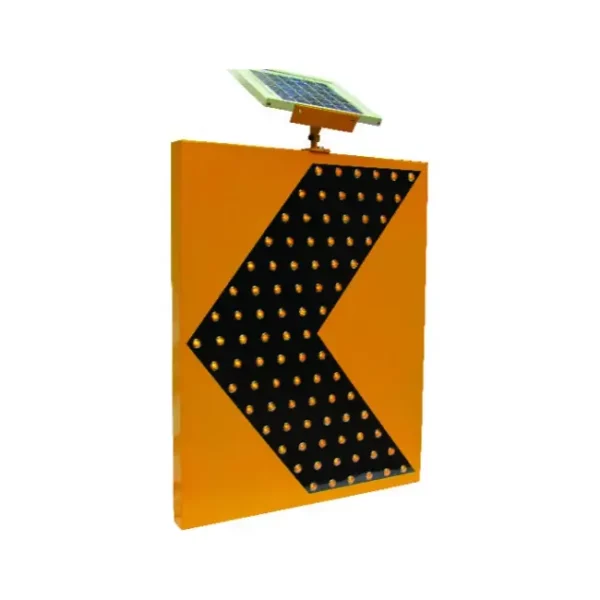Ensuring the reliability of solar traffic signs involves several measures:
- Quality Components: Using high-quality materials and components in the construction of the solar panels, batteries, LED lights, and other essential parts of the sign helps to ensure reliability.
- Robust Design: Designing the traffic signs to withstand various environmental conditions such as extreme temperatures, high winds, and heavy rainfall increases their reliability over time.
- Testing: Conducting rigorous testing procedures on the solar traffic signs to verify their performance under different scenarios, including simulated weather conditions and continuous operation.
- Regular Maintenance: Implementing a scheduled maintenance plan to inspect, clean, and service the solar panels, batteries, and other components ensures that they remain in optimal working condition.
- Remote Monitoring: Incorporating remote monitoring capabilities into the solar traffic sign system allows operators to track the performance of the signs in real-time, enabling proactive maintenance and troubleshooting.
- Battery Management: Employing efficient battery management systems to regulate the charging and discharging of the batteries helps to extend their lifespan and maintain consistent power supply to the signs.
- Vandalism Prevention: Implementing security features such as tamper-resistant enclosures, anti-theft mechanisms, and vandalism-resistant materials helps protect the solar traffic signs from damage or tampering.
- Training and Support: Providing training to personnel responsible for installing, operating, and maintaining the solar traffic signs ensures that they understand best practices and can address any issues promptly.
By implementing these measures, manufacturers and operators can enhance the reliability of solar traffic signs, ensuring their effectiveness in providing critical information to drivers and improving road safety.
How are solar traffic signs installed?
Installing solar traffic signs typically involves the following steps:
- Site Assessment: Before installation, a thorough assessment of the site is conducted to determine the most suitable location for the solar traffic sign. Factors such as visibility, sunlight exposure, and proximity to power sources are taken into consideration.
- Permitting: Depending on local regulations and requirements, obtaining the necessary permits for installing the solar traffic sign may be necessary. This could involve obtaining permits from municipal authorities or transportation departments.
- Mounting: Once the site is selected and permits are secured, the mounting structure for the solar traffic sign is installed. This could involve mounting the sign on existing poles or structures, or installing new poles specifically for the sign.
- Solar Panel Installation: The solar panel, which harnesses sunlight to power the sign, solar traffic sign is then installed. It is typically mounted on top of the sign or on a separate pole adjacent to the sign for optimal sun exposure.
- Battery Installation: Solar traffic signs are equipped with batteries to store energy generated by the solar panels for use during periods of low sunlight or at night. The batteries are installed within the sign enclosure or in a separate battery box nearby.
- Wiring: Wiring is run from the solar panel to the sign’s battery and LED display components, ensuring a proper connection for power distribution.
- LED Display Installation: The LED display panel, which is used to convey messages or information to drivers, pedestrians, or cyclists, is installed onto the sign structure.
- Testing and Calibration: Once all components are installed, the solar traffic sign undergoes testing to ensure that it is functioning properly. This includes testing the LED display, battery charging, and overall system functionality. Calibration may also be necessary to adjust brightness levels or display settings.
- Final Inspection: After testing and calibration, a final inspection is conducted to verify that the solar traffic sign meets all regulatory requirements and safety standards.
- Maintenance and Monitoring: After installation, regular maintenance and monitoring are essential to ensure the continued operation and reliability of the solar traffic sign. This includes cleaning the solar panels, inspecting wiring and connections, and performing any necessary repairs or adjustments.
By following these steps, solar traffic signs can be installed effectively to provide important information to road users while minimizing environmental impact and reducing reliance on traditional power sources.
